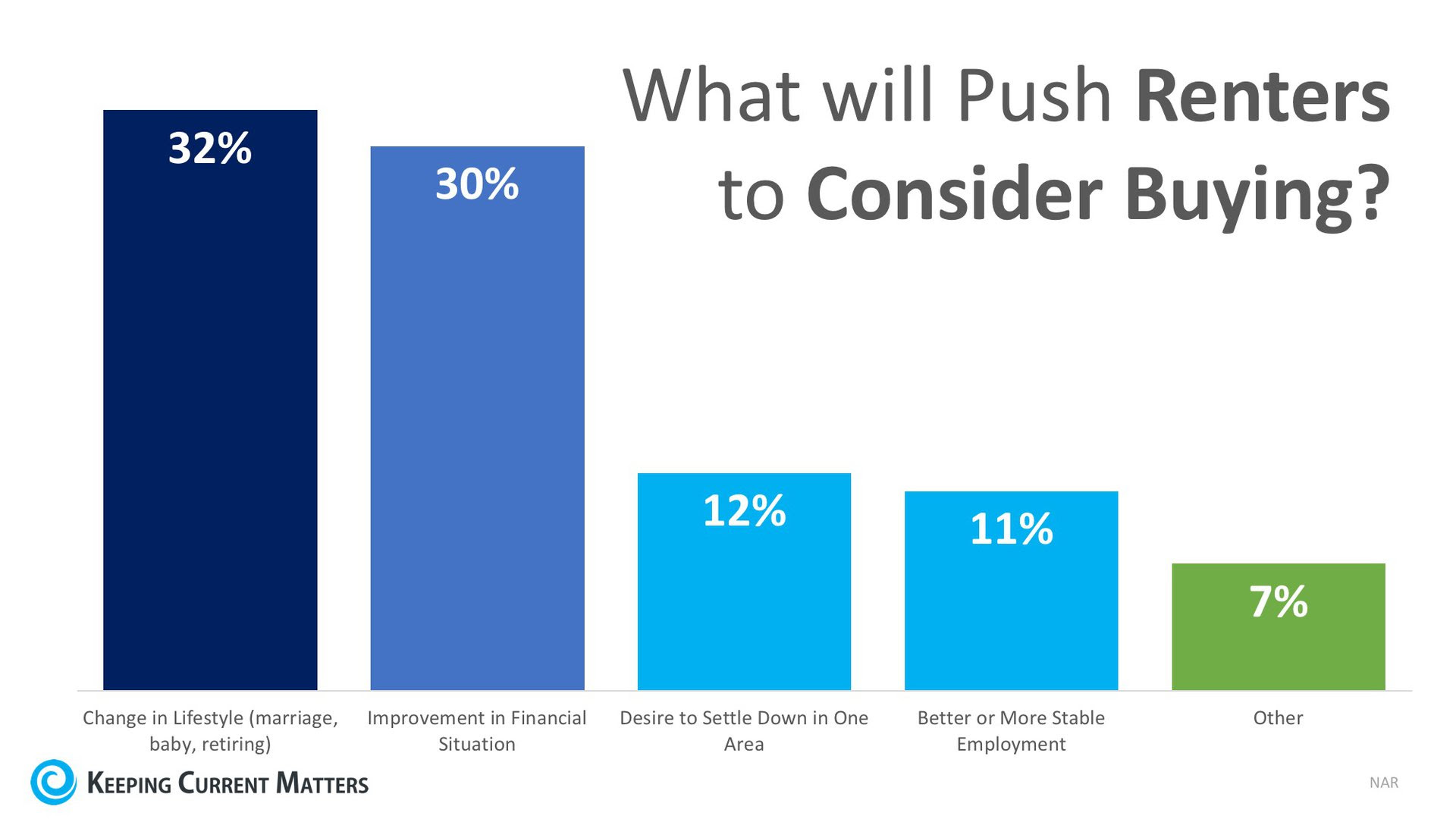
So the big question of the day is, "What is going to happen with interest rates and will this affect the market?" I think that is a great question and I am going to do my best to answer it. When rates jump up the first thing people want to do is run! They are not sure whether to run and buy a house or wait and see if the market will crash and burn and they can pick up some pieces at bargain prices. Keep in mind that the Real Estate market is not the stock market and prices don't just fall in one day and interest rates at these levels don't affect everyone the same. The difference in payment in the .50% that we have increased since December is $29.00 a month for every $100,000.00 borrowed. That may seem like a lot, but if you have a family of 4 that is Starbucks for 1 morning. Low interest rates have pushed the Real Estate market for years, but that is almost over! Inventory is still very low in most areas and there is a standing inventory of 1.75-2.5 months in most areas of Los Angeles. This is significant because you would need inventory to be at 3.5 times what is in escrow to start to see major price reductions.
They even asked about Earthquakes and what happens to prices after an earthquake? My answer was simple, last time we had an earthquake with any damage, I sold a house 2 days later because it had no damage and then people waited to see what they would get from FEMA or the SBA and eventually we saw some foreclosures of damaged houses, but for the most part inventory shrunk and the market slowed while people were fixing their houses up. The market was slow in 1994 anyway and it started to jump again in 1998. Did we see 50% price reductions? NO! We saw the market slowly decrease in value over a period of a few years, but this started before the earthquake and was part of that cycle. By 1998 prices were rising again and we hit all-time highs again in 1999 or 2000. I explained if they want to wait out the market then it could be 10-15 years to find a dip or it could be 3-5 years, but I don't see it happening this year. Trying to time the market is not easy! Trying to wait for a dip in the market and rent until then is absolutely insane, because the odds are that this could be the best time for you to ever buy a house going forward. I could be wrong, but I think I am right!
Interest rates are holding for now! They are still at the highest levels in over a year, but rates are still great! I hope these are helpful as your buyers are looking for property:
Interest rates are holding for now! They are still at the highest levels in over a year, but rates are still great! I hope these are helpful as your buyers are looking for property:
- 30-year fixed conventional 1st Mortgage with 20% down - 4.500% (4.558 APR). Loan amounts up to $453,100.00 = $2295.79
- 15-year fixed conventional 1st Mortgage with 20% - 4.000% (4.101 APR). Loan amounts up to $453,100.00 = $3351.53
- 5/1 ARM 1st Mortgage - 20% down - Fixed for 5 years and then becomes variable - 3.875% - (4.005 APR) Loan amounts up to $453,100.00 = $2130.64
- 7/1 ARM 1st Mortgage - 20% Fixed for 7 years and then becomes variable - 4.000% - (4.131 APR) Loan amounts up to $453,100.00 = $2130.64
- 10/1 ARM 1st Mortgage - 20% Fixed for 10 years and then becomes variable - 4.000% - (4.131 APR) Loan amounts up to $453,100.00 = $2130.64
- 30-year fixed 1st Mortgage FHA loan 3.50% down - 4.250% (5.469 APR). Loan amounts up to $453,100.00 = $2267.99 + $326.56 PMI = $2594.55
- 30-year fixed 1st Mortgage VA loan 0% - 4.250% (4.307 APR). Loan amounts up to $453,100.00 = $2228.98
- 30-year fixed 1st Mortgage Jumbo loan 20% down - 4.625% (4.639 APR). Loan amounts up to $3,000,000.00 = $15,424.19
All of the above are based on a 740 credit score. Rates are subject to change without notice, your mileage may vary!





